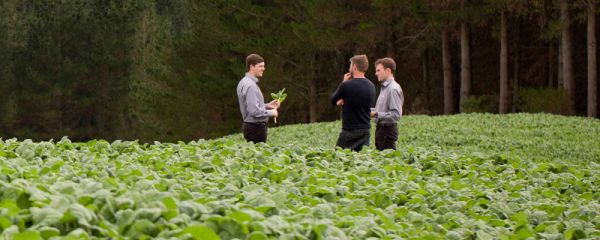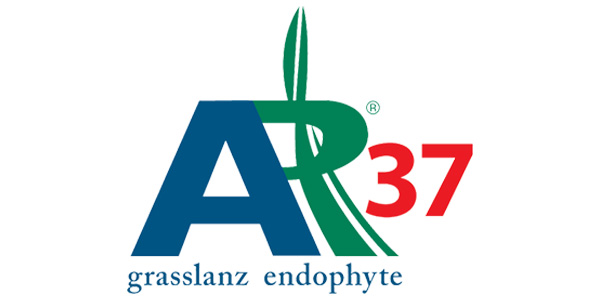
Ryegrass Management
Ryegrass Management
When to Start Grazing
A new ryegrass pasture should be ready to graze around six weeks after drilling depending on soil temperatures, seedbed preparation and cultivar. First grazing should occur after carrying out a pluck test using the thumb and first finger to simulate an animal tearing a mouthful of pasture. If the leaves break off and the plants are NOT removed by the roots the pasture is ready for first grazing. New pasture should be grazed to 5-6 cm and care should be taken to ensure that plant pulling is minimal.
FIRST GRAZING
- Encourages tillering of grasses and allows light to reach white clover, which helps in stolon development. Delaying grazing will result in fast establishing species (ryegrass) shading out slower establishing species (clovers)
- Carrying significant covers of over 3500 kg DM/ha into the first grazing will also reduce white clover content, reduce ryegrass tiller numbers (the plants require light at their base to tiller), reduce pasture quality and create clumpy looking, upright pastures prone to hoof damage and create open pastures through the first winter
- Helps control weeds, particularly annual weeds that are more palatable when young
- Consolidates cultivated soil. Grazing in the autumn when the ground is still relatively dry and with lighter animals will assist with consolidating soft seedbeds. Delaying grazing until winter when the soil is wet and using heavy animals can result in soil and pasture damage. Studies have shown that grazing at high stock density on wet soils can reduce subsequent pasture production by up to 45% the following year
For this first grazing, remove one-third to half the leaf area on offer or down to 1200-1500 kg DM/ha (5 cm height). Earlier sowings usually result in earlier grazing and a pasture with more ground cover heading into winter.
Deferred grazing and feed conservation (hay and silage) should not occur during the first twelve months as this will suppress clover production and reduce ryegrass tiller numbers. Making supplementary feed early in a pastures life often results in vulnerable pastures that are stemmy and open with increased chance of plant death during summer.
Weed control is often critical to the success of new pastures. Weeds compete for light, nutrients, water and space and are better controlled when they are small.
Timing is important if spraying is required. Generally spraying before grazing is recommended as some chemicals used are not as harmful to clover, but sometimes spraying may need to occur after the first grazing, particularly if the weed spectrum is challenging.
Phosphate and nitrogen are key nutrients for pasture establishment. Phosphate is critical for root development and nitrogen (N) is required to help grasses tiller and encourage growth. For the first 12 months, clover in the new pasture will not be fixing sufficient N to meet demand. Apply N in small quantities, taking care not to oversupply as this can suppress clover growth.
After the establishment phase, refer to soil and herbage tests to optimise nutrient levels for grass and clover and ensure that new pastures are treated as “new” for up to 12 months to ensure that they have developed correctly.

Our Ryegrass Range
VIEW PRODUCTS



